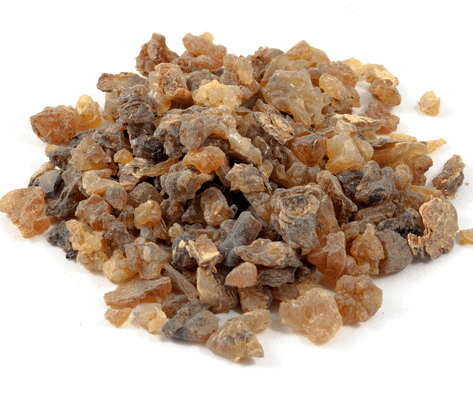Formula C14H12O2 Melting point 132 °C Boiling point 344 °C | Molar mass 212.24 g/mol Density 1.31 g/cm³ Appearance off-white crystals | |
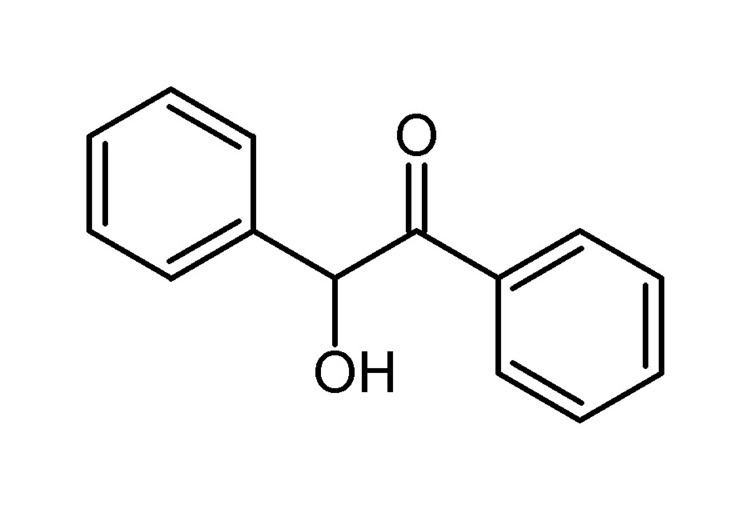 | ||
IUPAC ID 2-hydroxy-1,2-di(phenyl)ethanone Similar Patchouli, Dipteryx odorata, Salvia sclarea | ||
Gum benzoin benzonic acid and updates
Benzoin (/ˈbɛnzoʊ.ᵻn/ or /-ɔɪn/) is an organic compound with the formula PhCH(OH)C(O)Ph. It is a hydroxy ketone attached to two phenyl groups. It appears as off-white crystals, with a light camphor-like odor. Benzoin is synthesized from benzaldehyde in the benzoin condensation. It is chiral and it exists as a pair of enantiomers: (R)-benzoin and (S)-benzoin.
Contents
- Gum benzoin benzonic acid and updates
- Chem 125 advanced organic chemistry 21 benzoin acyloin condensations acyl anion equivalents
- History
- Uses
- Preparation
- References
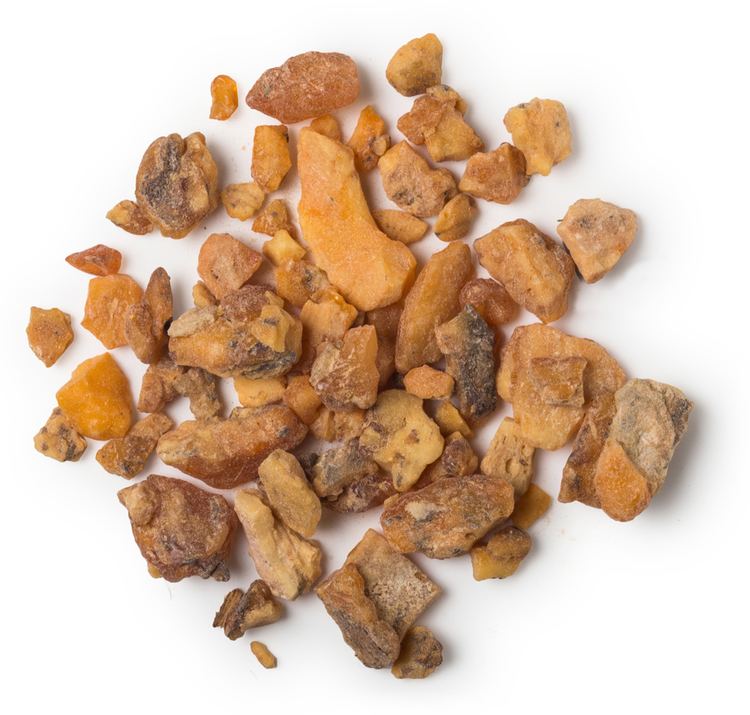
Benzoin is not a constituent of benzoin resin obtained from the benzoin tree (Styrax) or tincture of benzoin. The main component in these natural products is benzoic acid.
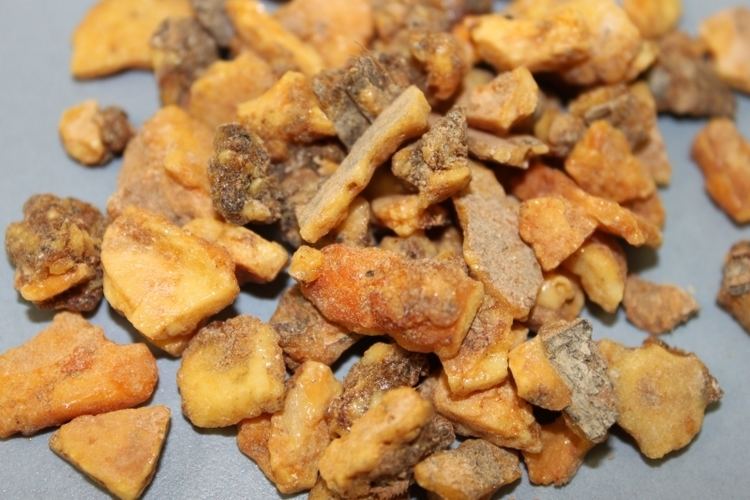
Chem 125 advanced organic chemistry 21 benzoin acyloin condensations acyl anion equivalents
History
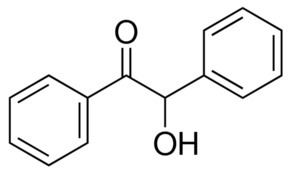
Benzoin was first reported in 1832 by Justus von Liebig and Friedrich Woehler during their research on oil of bitter almond, which is benzaldehyde with traces of hydrocyanic acid. The catalytic synthesis by the benzoin condensation was improved by Nikolay Zinin during his time with Liebig.
Uses
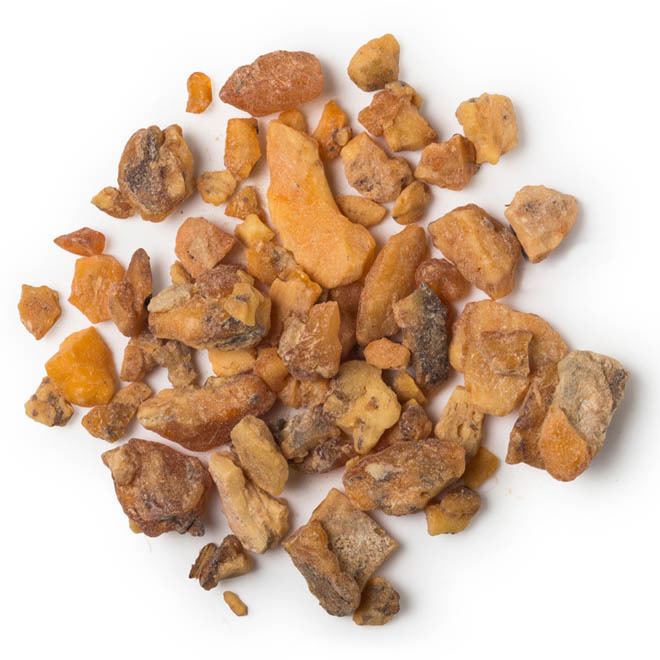
The main uses of benzoin are as a precursor to benzil, which is a photoinitiator. The conversion proceeds by organic oxidation using copper(II), nitric acid, or oxone. In one study, this reaction is carried out with atmospheric oxygen and basic alumina in dichloromethane.
Preparation
Benzoin is prepared from benzaldehyde via the benzoin condensation.
